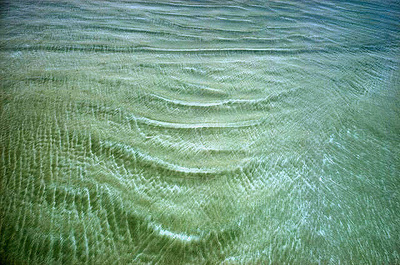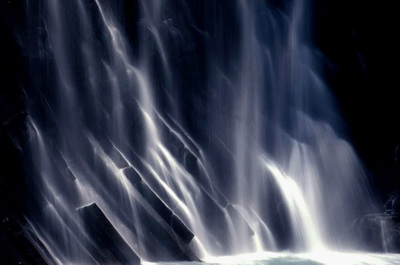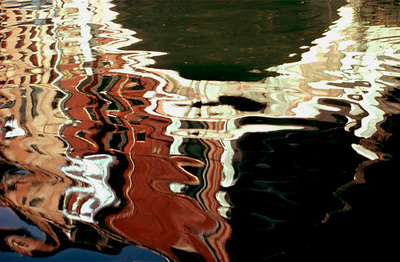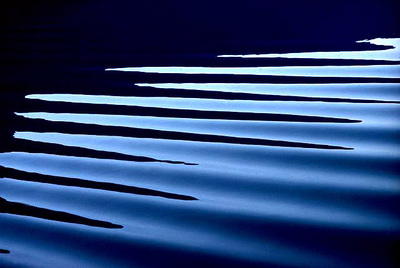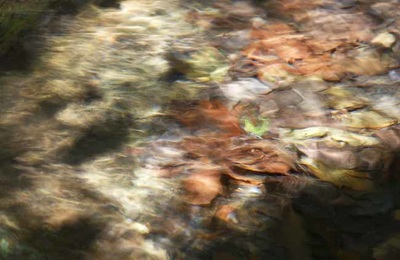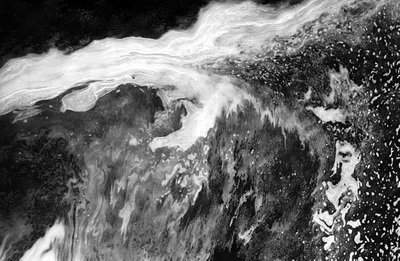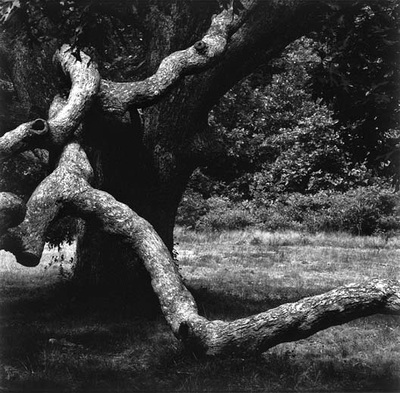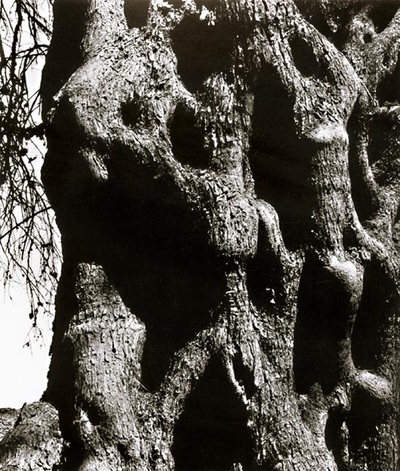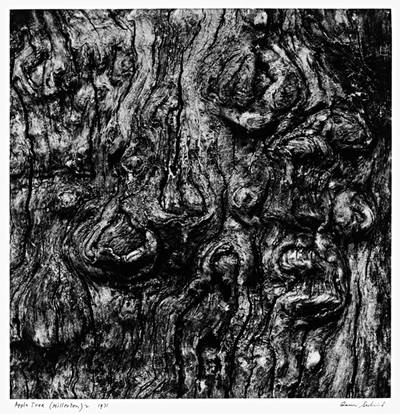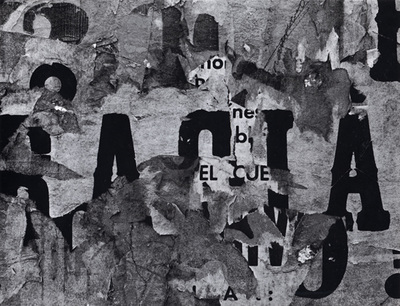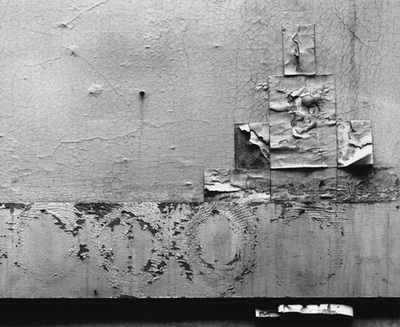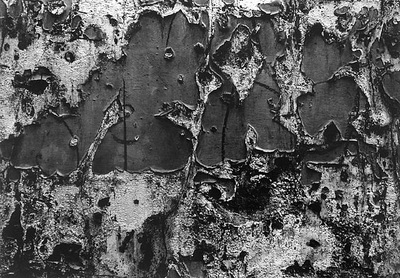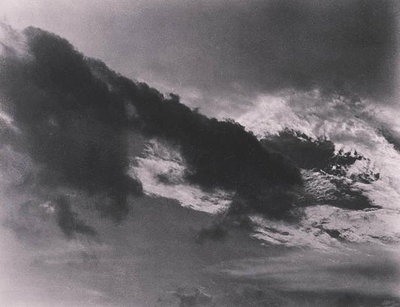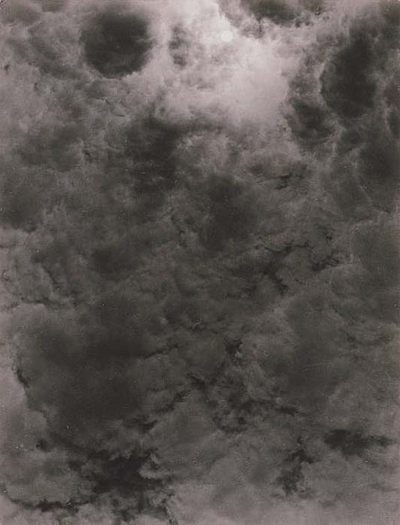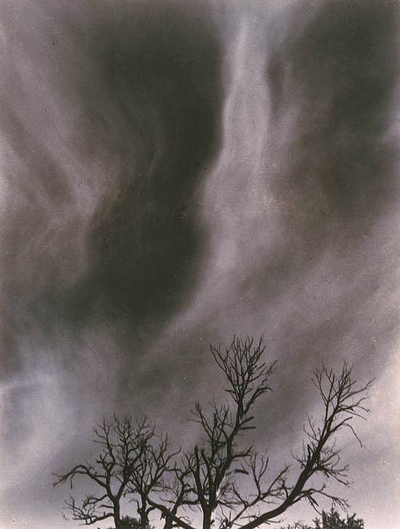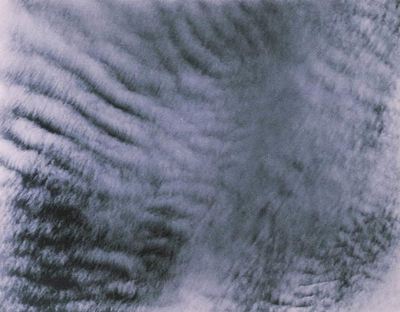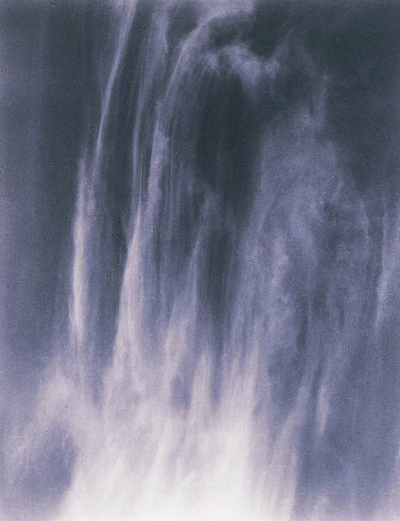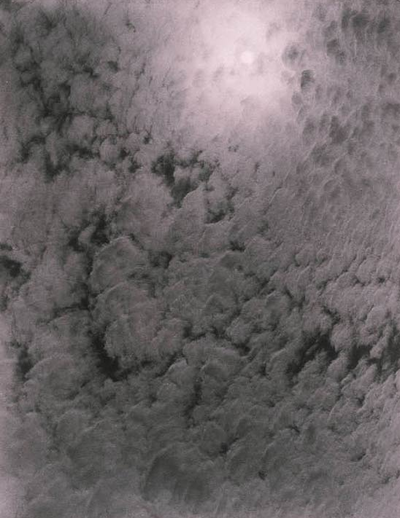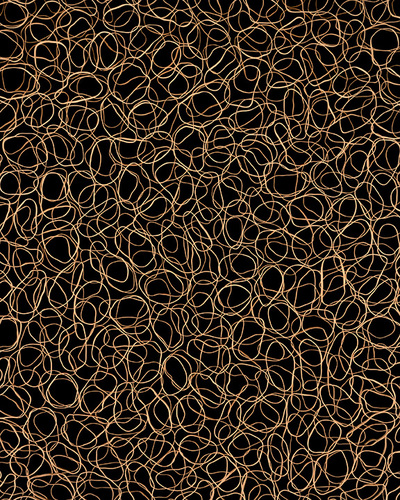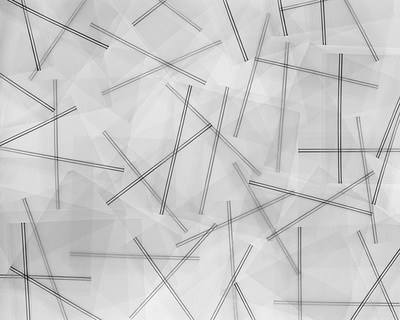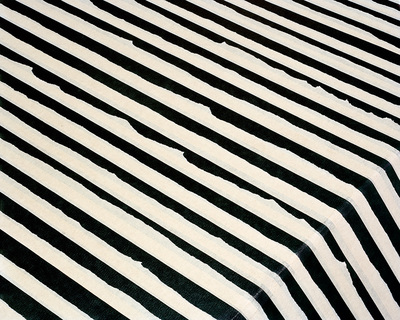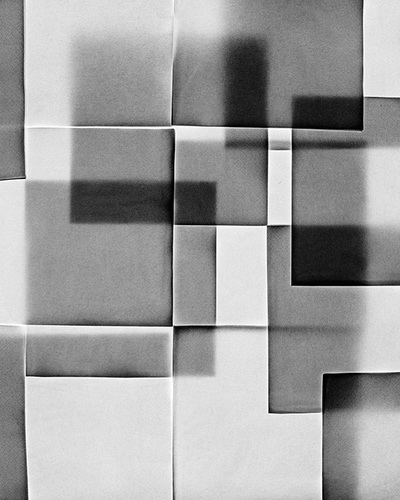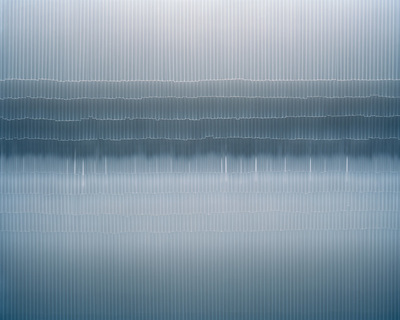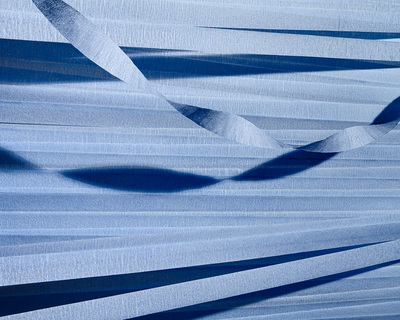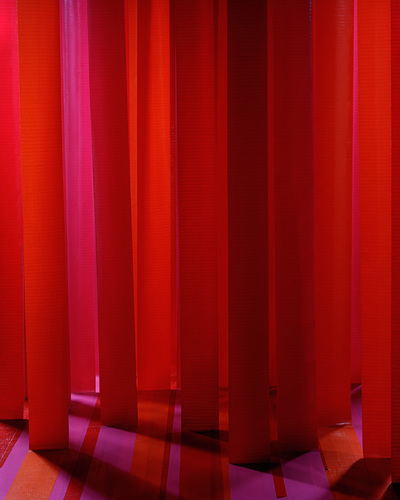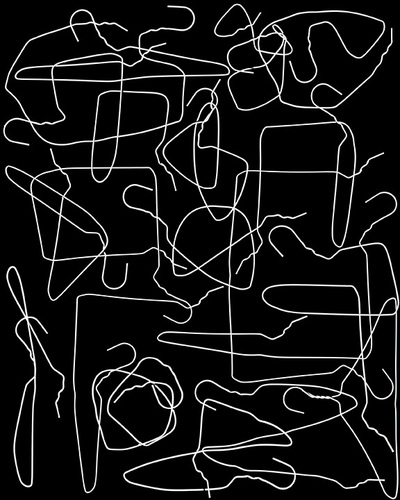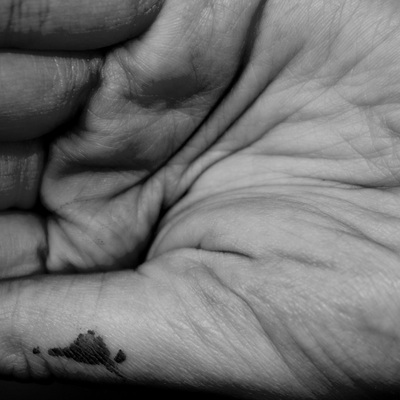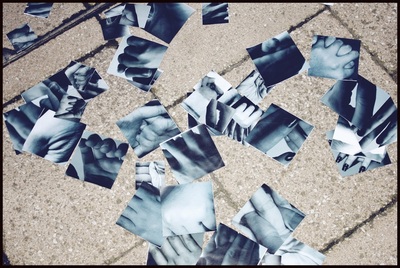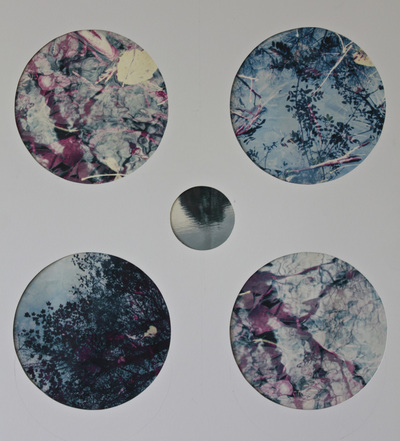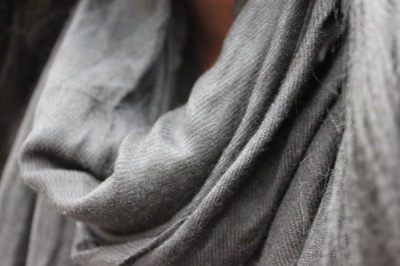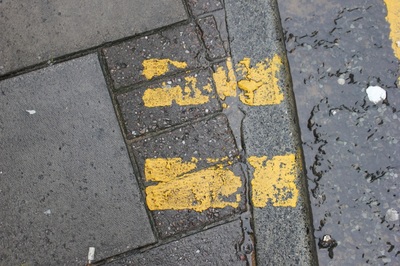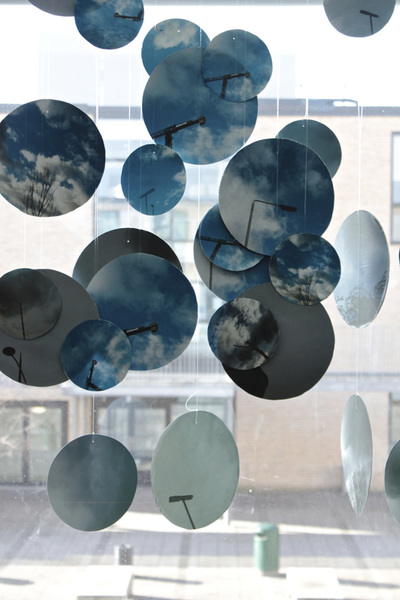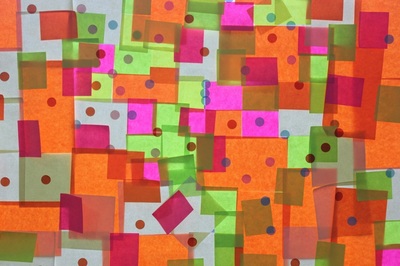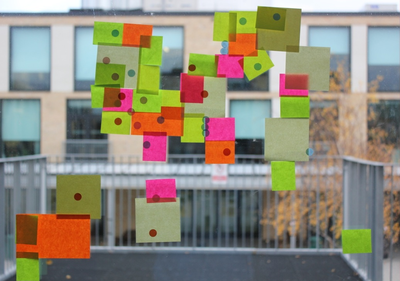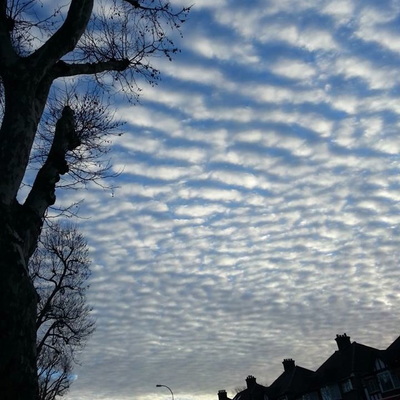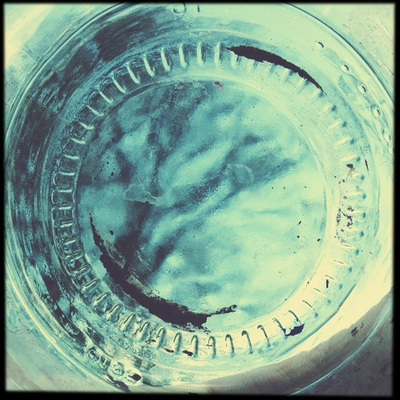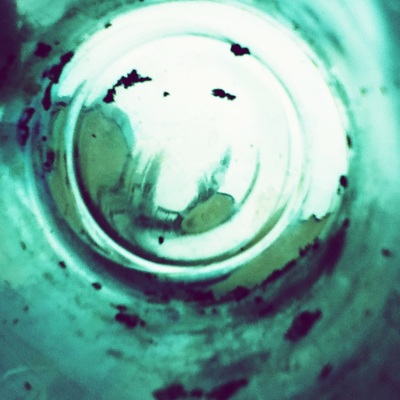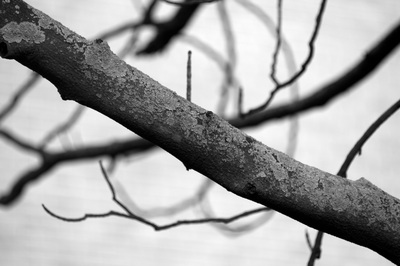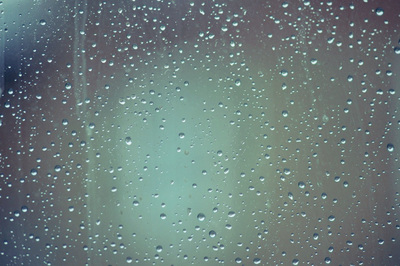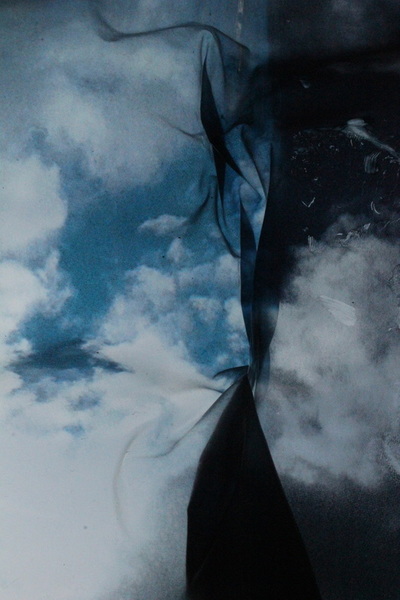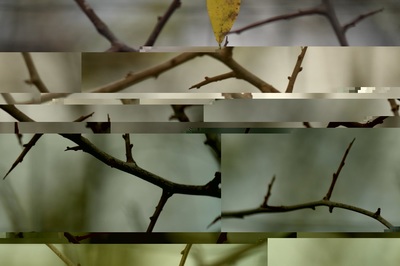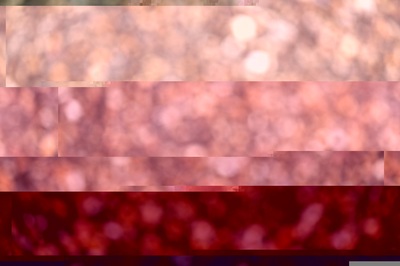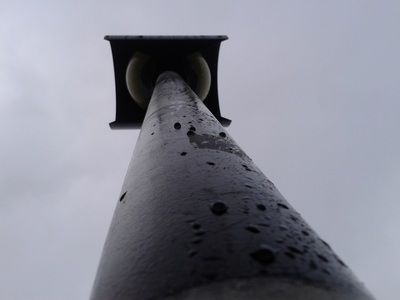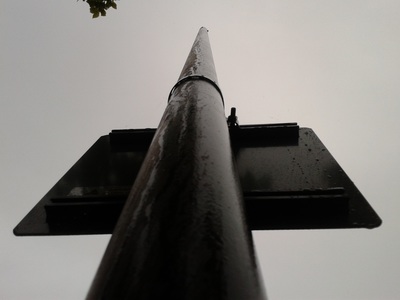Start Date : Wednesday 3rd October
Completion Date : Wednesday 10th October
- Aim to take between 150-200 images
- Respond to inspiration points below, and critically analyse discuss your inspiration points
- Create a blog post that clearly shows a sense of tension between colours and/ or texture (surface quality)
- Try to juxtapose contrasting effects…and present alternative ways to display your ideas
- Present 3-5 images that you would consider to be possible final outcomes for the Abstract Unit 1
- Evaluate your choices

Ernst Haas – water and reflections
Haas pioneered colour photography and is also famous for his images of movement using long shutter speeds. He photographed water throughout his career, fascinated by its ability to reflect light and its dynamic movement. He crops the subject to increase the sense of abstraction.
Aaron Siskind – natural and urban surfaces
Siskind was interested in surfaces and textures, both from the natural world but also the urban environment. He gets in close to his subjects and fills the frame with detail. There is always a strong sense of design and all over interest for the viewer.
Alfred Stieglitz – patterns in the sky
These pictures were an attempt to demonstrate how “to hold a moment, how to record something so completely, that all who see [the picture of it] will relive an equivalent of what has been expressed.” The ‘Equivalents’, as they are known, aim to create a sensation in the viewer similar to that experienced by the photographer. Is this possible, do you think?
Nick Albertson – repeated forms
These images explore the idea of repetition, rhythm, line, shape, texture and pattern. They are all created with everyday objects which are transformed through careful arrangement and photography. The edge to edge compositions help concentrate our eyes on the formal properties of the objects. Contrast is important. Sometimes we need to consult the title before we’re sure about exactly what we are looking at.
Some examples of student work:










